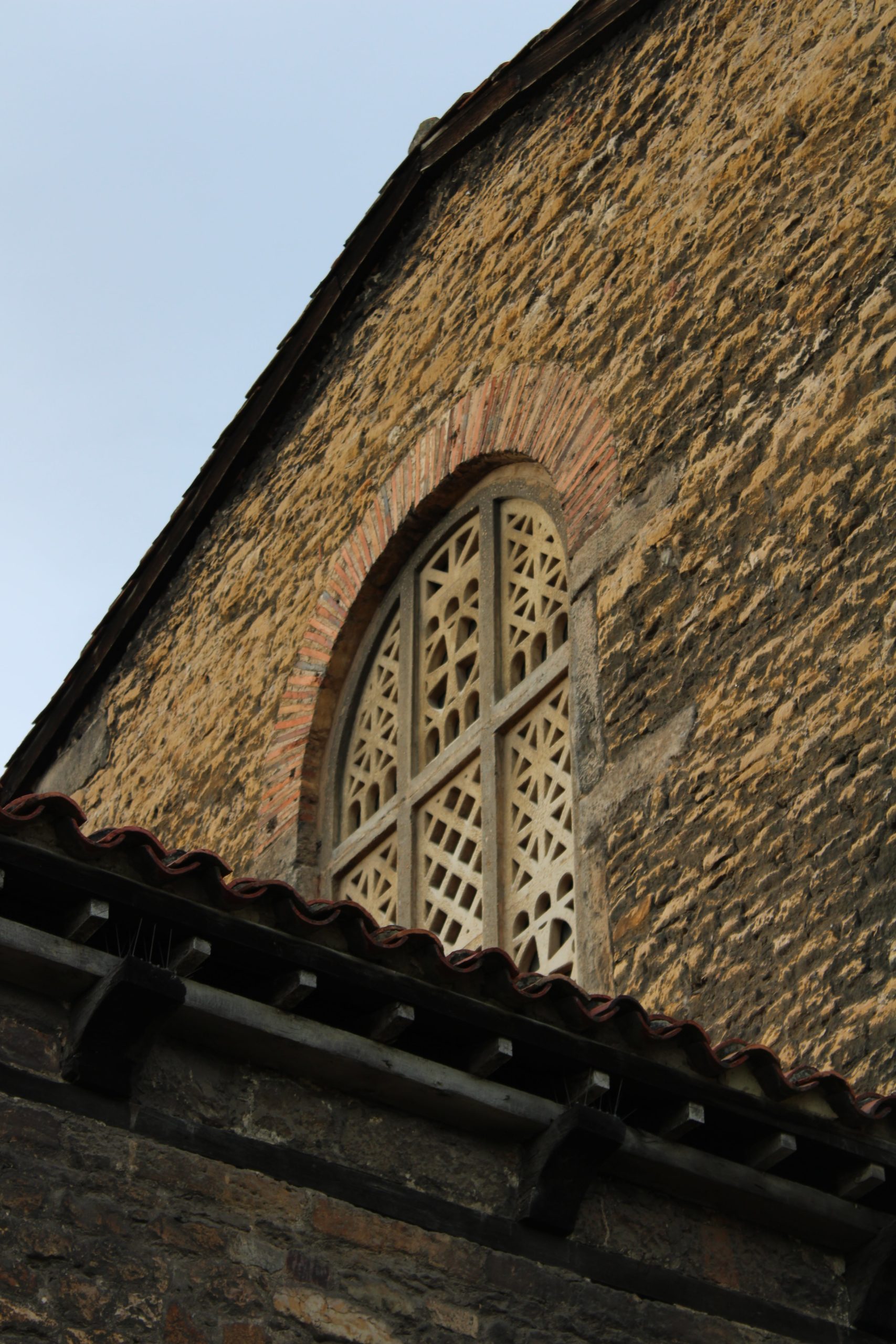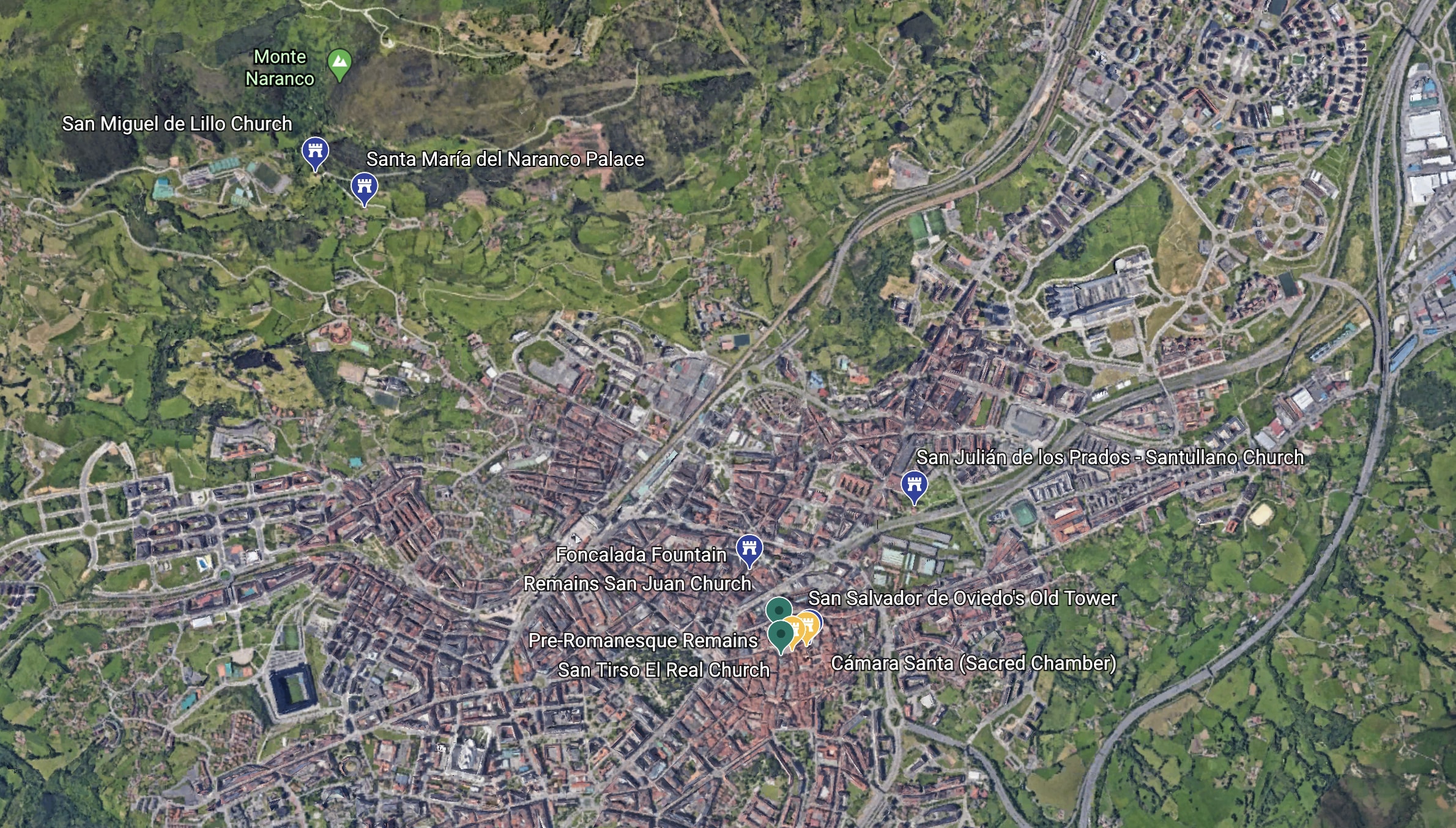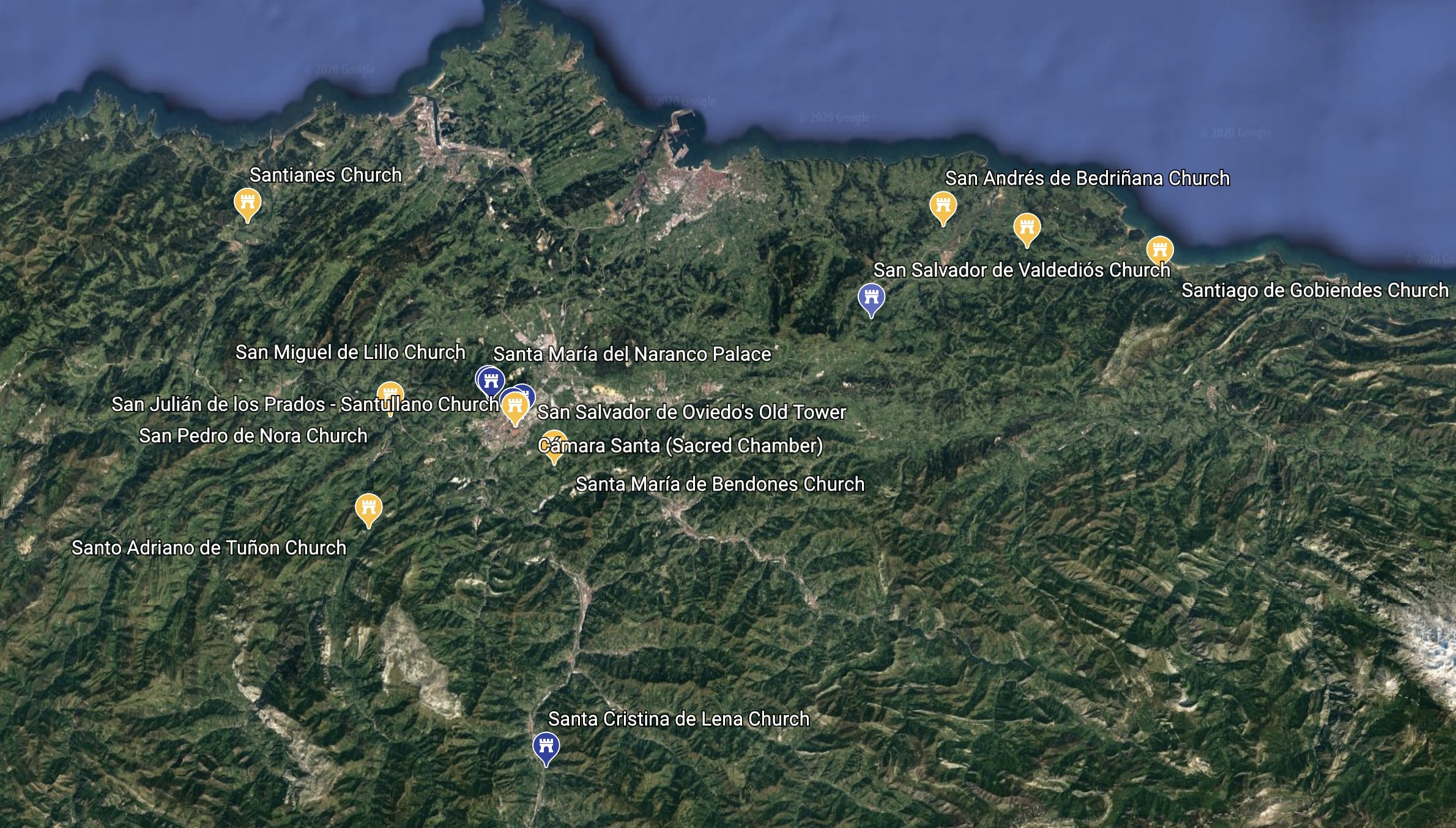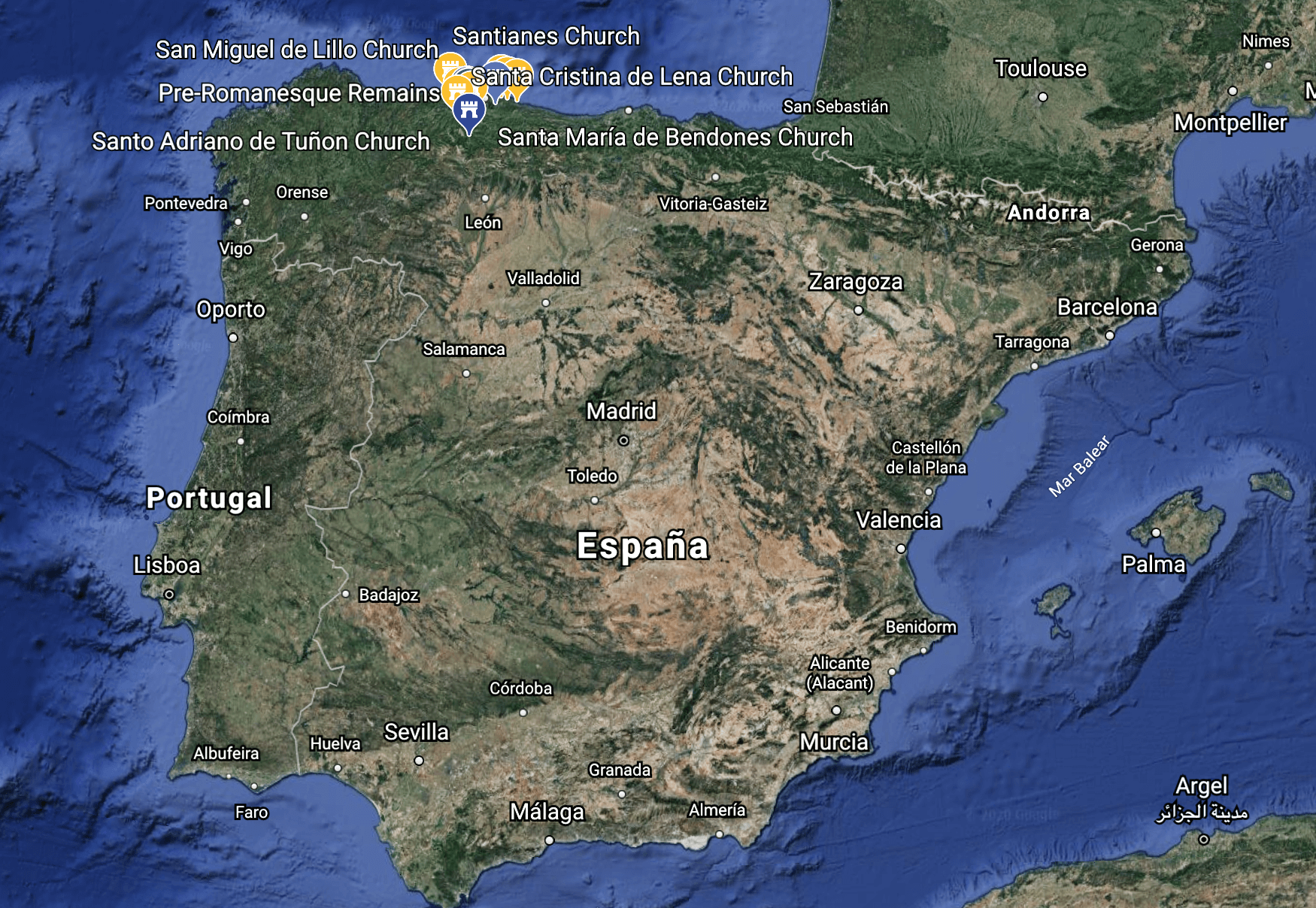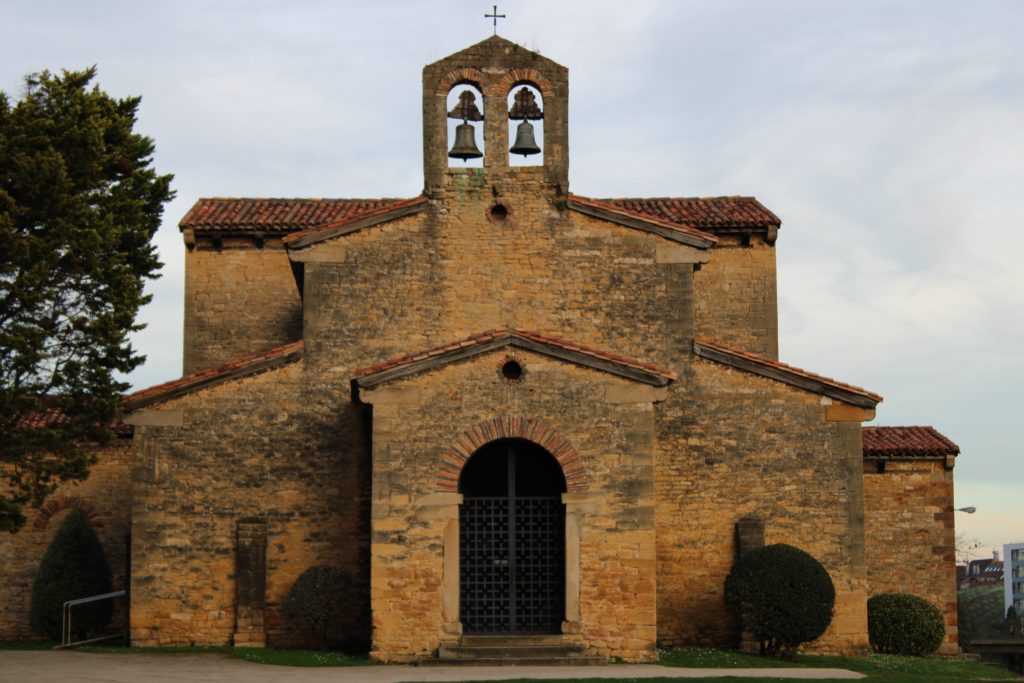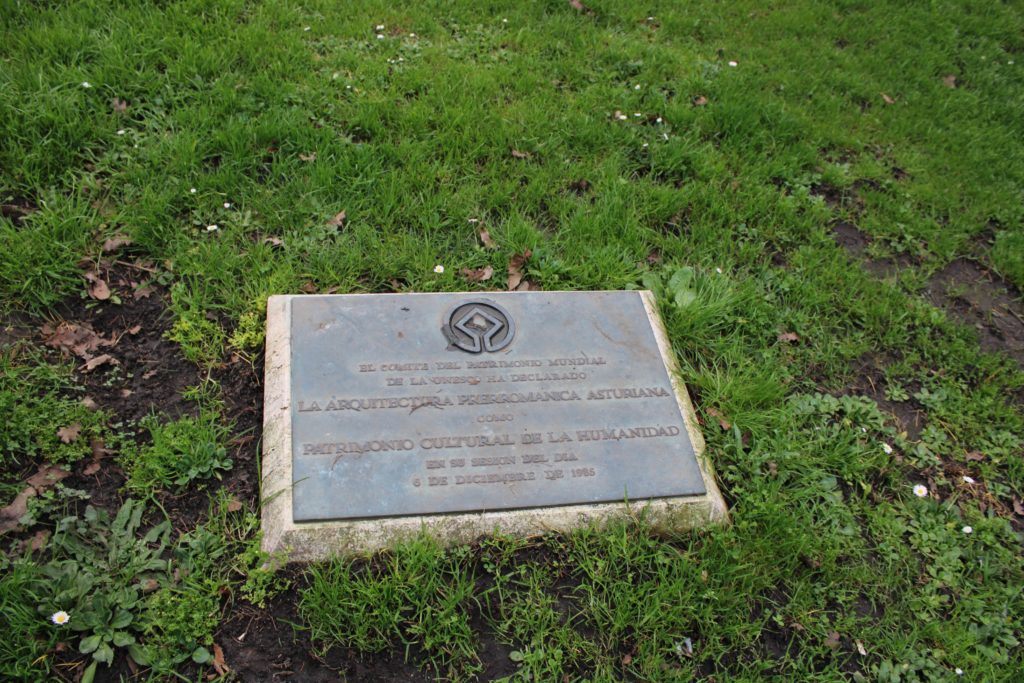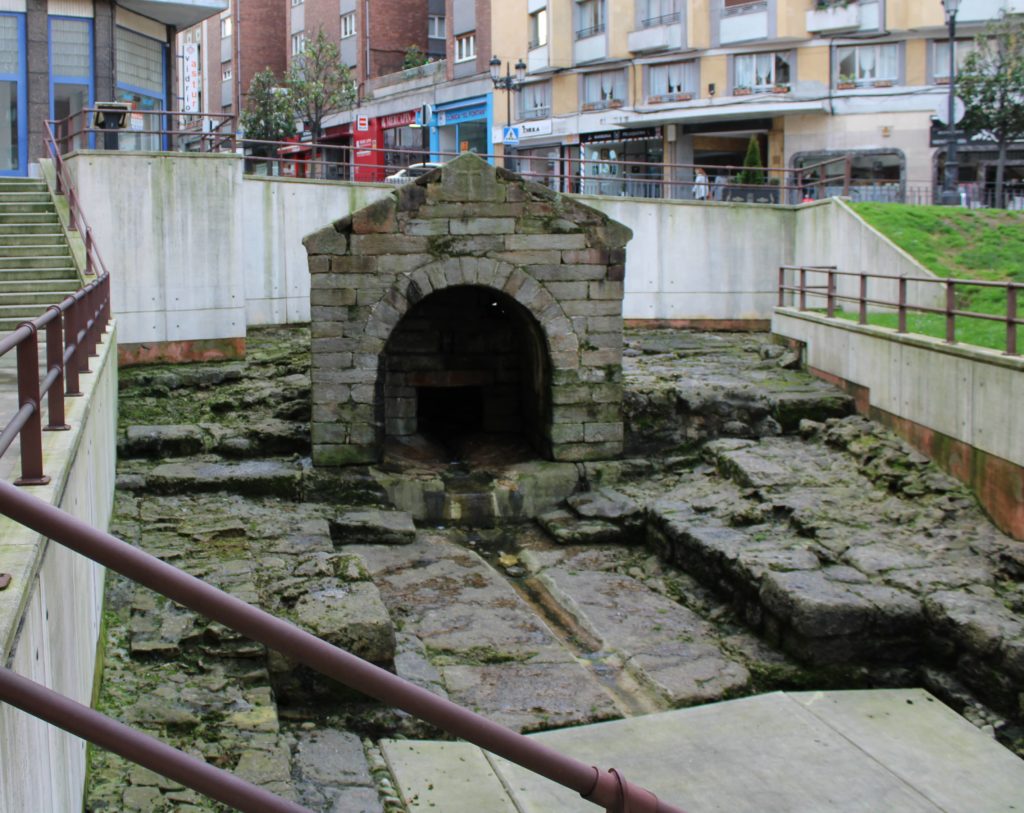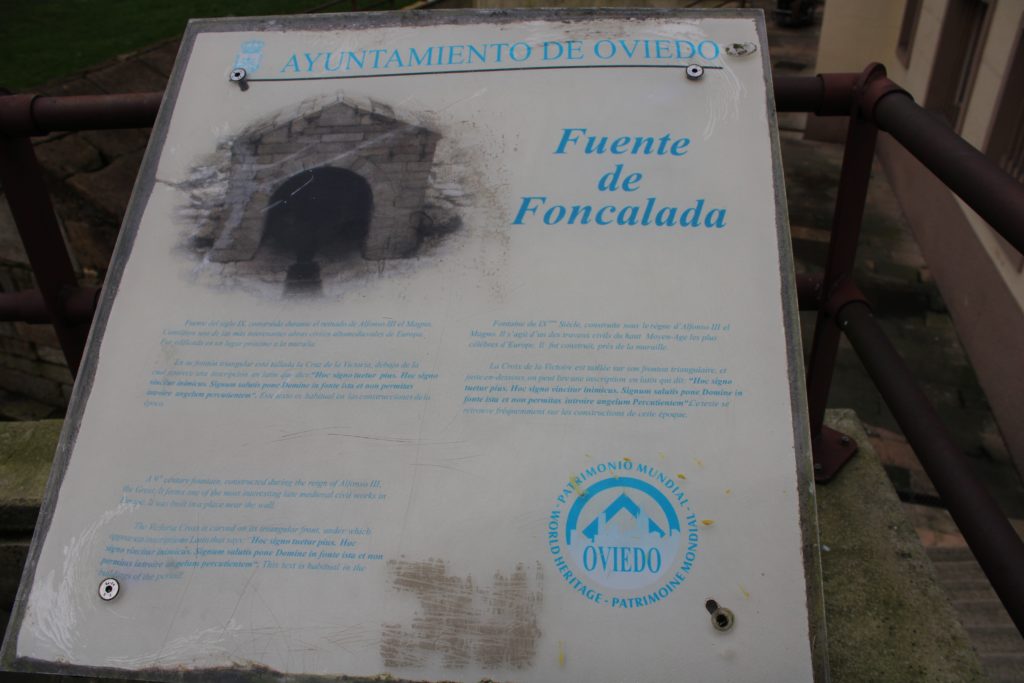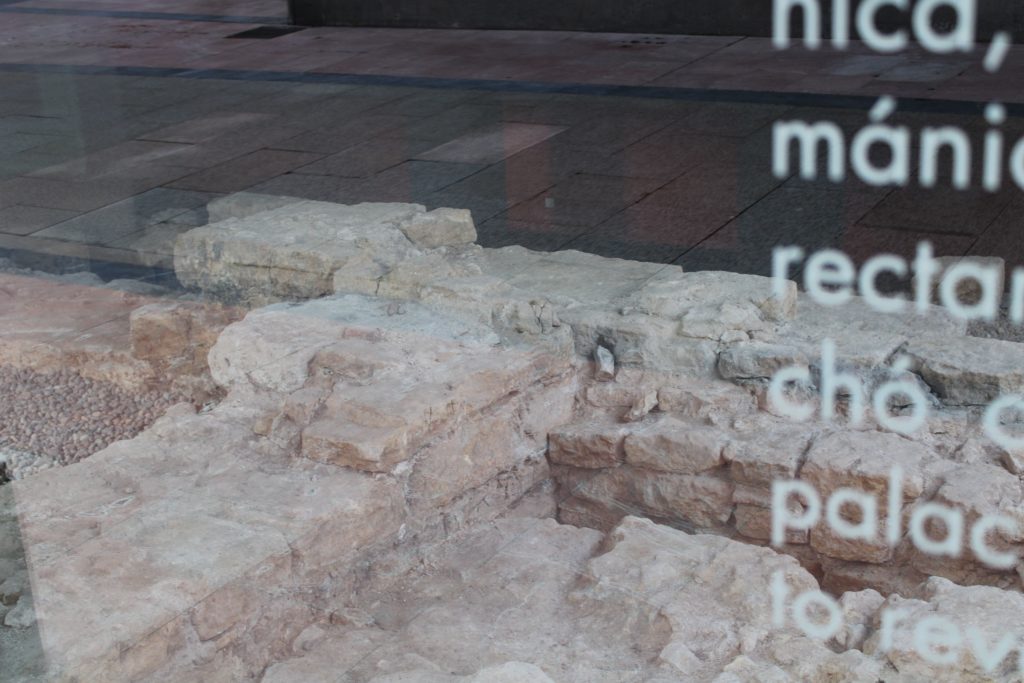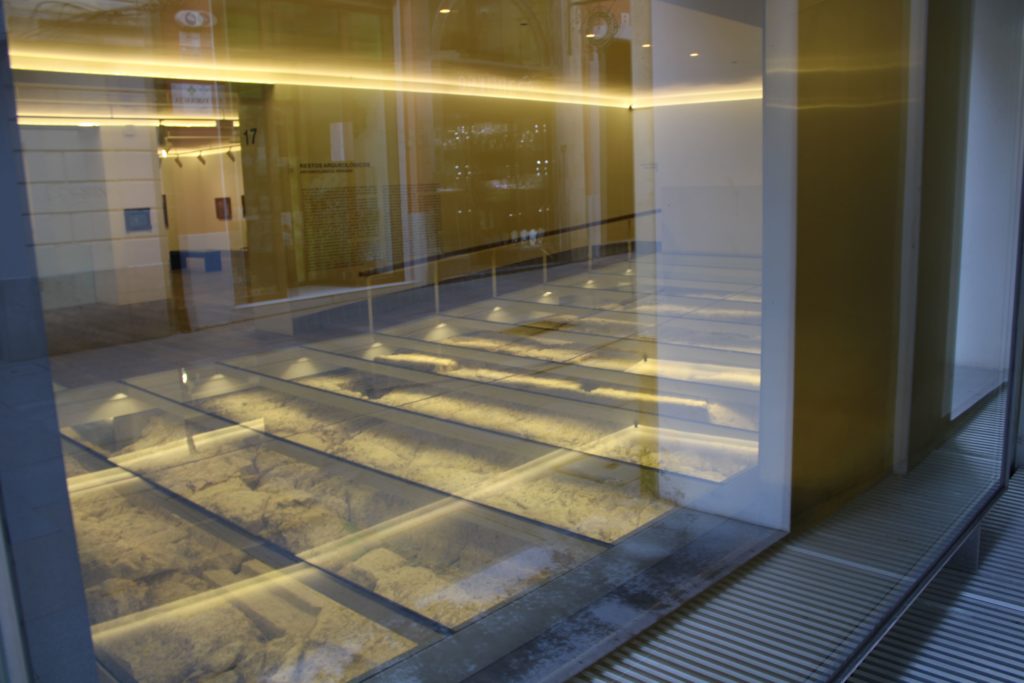By Aida Loy,
an archaeologist from Spain living in the Netherlands
“The city of heroes was having a nap”, this is how the writer Leopoldo Alas “Clarín” started his great novel “La Regenta” which he located in Vetusta, a fictional city completely based on the actual city of Oviedo. This city, located in the North of Spain, is a non-so well known World Heritage City and has not only one but seven sites on the list. But why is this cultural heritage not so known as other cities in Spain even for its own citizens?
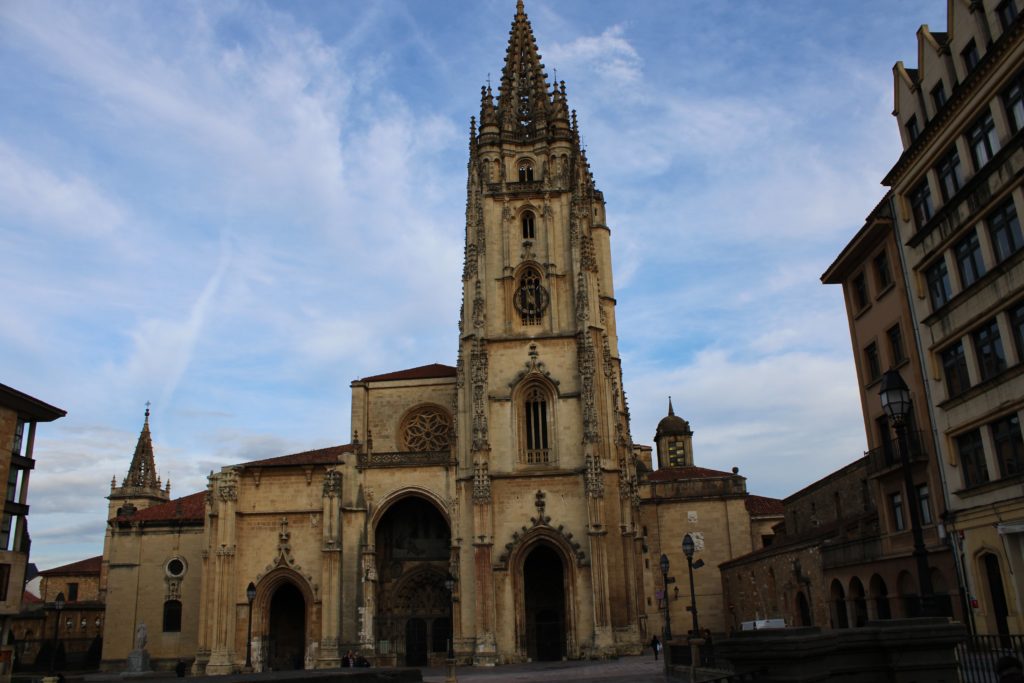
Oviedo is the capital of Asturias, a small region in the North of Spain. During the past two centuries, the region economy was based on farms, factories and mines. With the reduction of all of these in the last decades, it has to look for its spot on the Spanish touristic offer. Asturias is known for its green meadows, high mountains and incredible coastline. It has been offered as a natural paradise for a while now. It can’t compete with the good weather of other Spanish regions as the weather is more soft and wet even in the summer. But Asturias can offer more than just beautiful landscapes. The cultural heritage of this region is incredibly wide and goes from painted caves dated in the Paleolithic, Tito Bustillo is an example, to modern art centres like the Niemeyer Centre in Avilés. Recently and slowly this cultural offer has started to be developed, but it still has a long way to go before it is on the same level as others in the country.
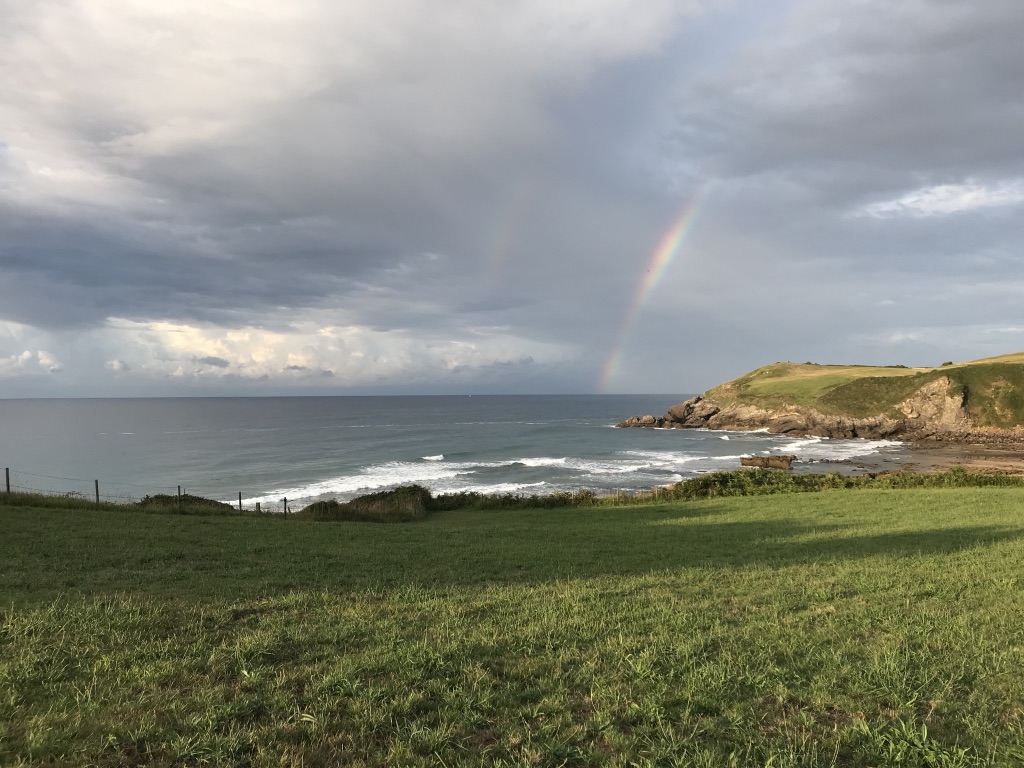
Several sites in Asturias are included in the Unesco World Heritage List. And Oviedo is the home for some of these cultural landmarks. The most recent (2015) is in the extension of the Routes of Santiago de Compostela that now includes the Coast Road and the Primitive Road. They flow through the region following the coastline and go into Oviedo as the Cathedral was a mandatory stop for any pilgrim on their way to Santiago de Compostela. But more characteristic is the other World Heritage enlisted of the city. This is known as “Monuments of Oviedo and the Kingdom of the Asturias”. It is formed by several constructions, most of them within Oviedo, that belong to the architectural pre-Romanesque Asturian tradition.
After the conquest of the Iberian Peninsula by the Ummayyad Caliphate in 711, the Visigoths went to the north of the Peninsula. In Asturias, they created the first Christian kingdom, which capital was located in Oviedo since the beginning of the 9th century. The pre-Romanesque art style is developed in these circumstances and used until the entrance of the French Romanesque art style at some point in the 10th century. It is not completely developed after the Visigoth art style but a mix with other artistic traditions, which makes it a unique art style. It is an art style mainly formed by religious buildings constructed by noble families but also some civilian ones. They are resistant constructions that, in many cases, have lasted almost intact up to today.
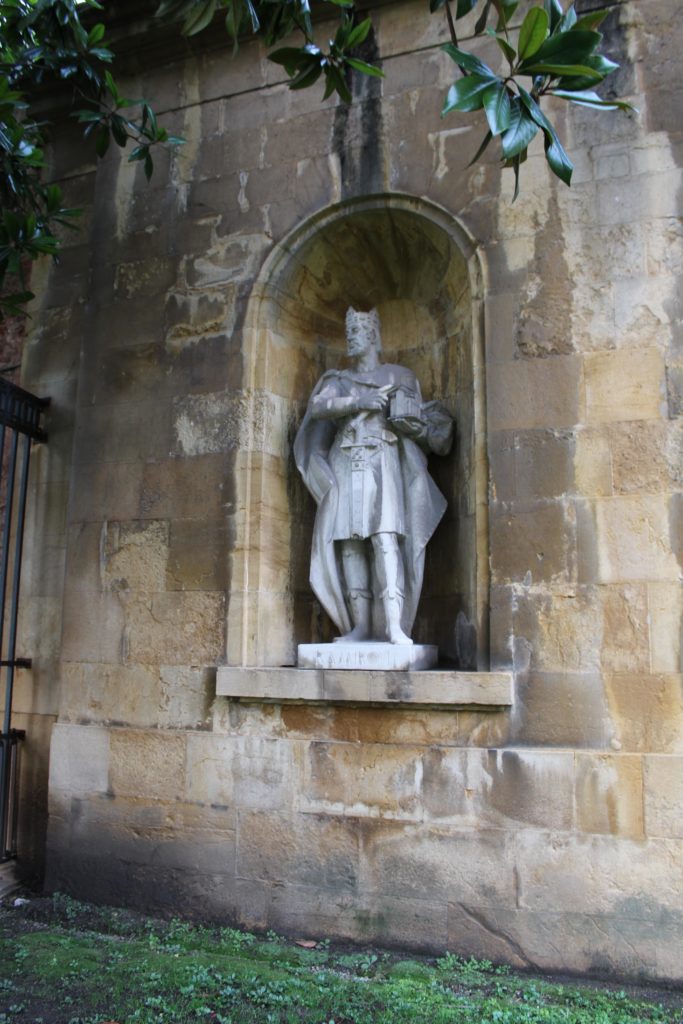
These characteristics were what made that the UNESCO accepted it in the World Heritage List. In 1985 three buildings were included, two of them San Miguel de Lillo and Santa María del Naranco located in Oviedo. In 1998 they extended the sites included in the list to three constructions more, all of them in Oviedo, two religious ones, San Julián de los Prados (Santuyano) and Holy Chamber, and a civilian construction, the Foncalada Fountain. This fountain was in use until the 20th century and was used by the inhabitants to get water as well as a laundry fountain. Even it hasn’t been extended since 1998, there is a tentative inclusion to the list for another church, located in the east of the region.
With this heritage around the city, anybody could think of Oviedo as a place where all its citizens would know about its history and with information everywhere. But this is not the case here. When talking with people in the street not many of them know all the buildings that were enlisted in World Heritage list. Most of the people know the ones situated in the city’s mountain, Naranco (San Miguel de Lillo and Santa María del Naranco), two of the buildings that were enlisted in the first place. There is a pre-Romanesque art interpretation centre near them where you can find information about all the pre-Romanesque buildings in the region. This centre is available online and also in English, which makes it more accessible to tourists. Sadly, it isn’t advertised anywhere, so except that you are looking specifically for pre-Romanesque information online, you won’t get to know it. The touristic information office in town offers you some specific information about the pre-Romanesque buildings. Surprisingly, they don’t say anywhere that they are part of the ,UNESCO World Heritage List, so they don’t get all the attention they could. The already mentioned buildings in the Naranco on the other hand, are the ones which attract more people and more news discussion. Along with the church of San Julián de los Prados (Santuyano), they are the only buildings that appear on the local newspapers. A great concern among the local community, that extends to the other pre-Romanesque buildings in the region, is their conservation. Most of them are churches that are still in use. Their cleaning and conservation depend on the church community, even they are a national cultural heritage. The ones that are owned by the city, like the Foncalada Fountain, are cleaned periodically by the municipality with great help of the community. The case of the Foncalada Fountain is an interesting one as it is in a small square in the pub area of the city. It uses to have a pub next to it, now close, that caused some damage. Nowadays it is cleaned almost daily by municipality street sweepers, who are in charge of clean any trash and get rid of the moss.
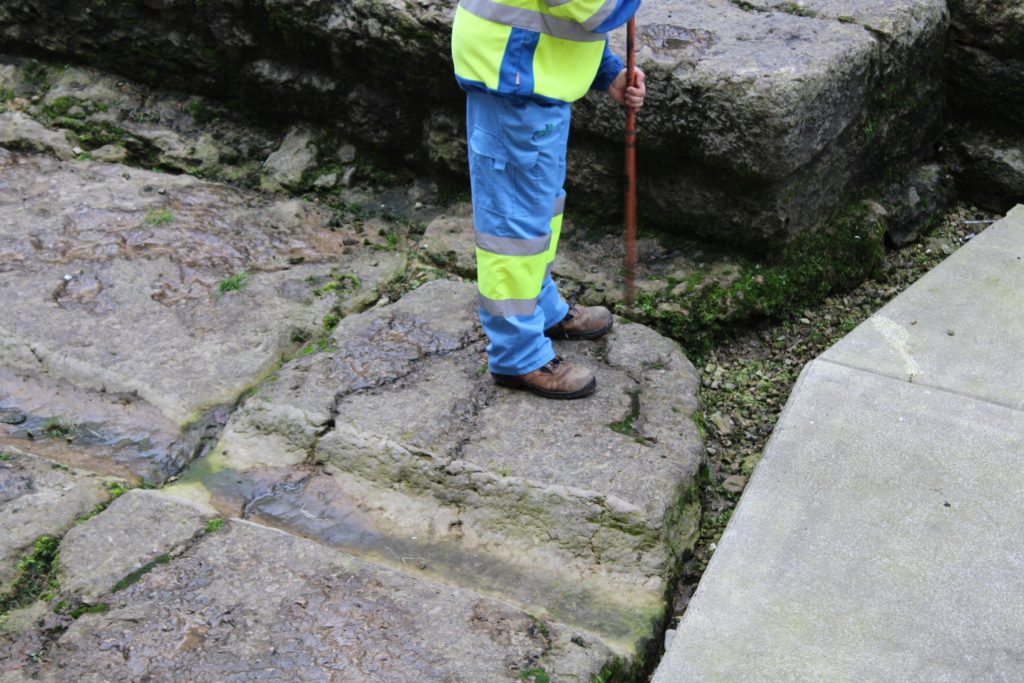
When still unknown for many people, Oviedo is full of cultural treasures to discover. Some of them well-preserved enough to be in the World Heritage list, others, more damaged by the time and the growth of the city but still wonderful. Some of them can be seen hiding inside the Museum of Fine Arts in the way to the Cathedral or in other buildings around its square, creating the picture of the city thousand years ago.
